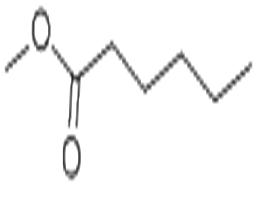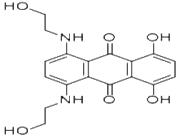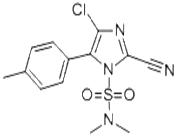| Description |
Methyl hexanoate is the methyl ester form of hexanoate with fruity type odor and flavor. It is formed by the esterification between methanol and hexanoate. It can be found in many sources such as wine grapes, melon, raspberry, blackberry, plum, quince, apple brandy, wines, Bourbon vanilla, coffee, black tea, potato, tomato, cheeses, rye bread, meats and other foodstuffs. Its major application is used as cosmetic, flavor and fragrance agents. |
| References |
Arora, D. K., A. P. Hansen, and M. S. Armagost. "Sorption of flavor compounds by low density polyethylene film." Journal of food science 56.5 (1991): 1421-1423.
Wohlfarth, Ch. "Refractive index of methyl hexanoate." Refractive Indices of Pure Liquids and Binary Liquid Mixtures (Supplement to III/38). Springer Berlin Heidelberg, 2008. 414-414.
Glaude, Pierre Alexandre, et al. "Modeling of the oxidation of methyl esters—Validation for methyl hexanoate, methyl heptanoate, and methyl decanoate in a jet-stirred reactor." Combustion and flame 157.11 (2010): 2035-2050. |
| Chemical Properties |
colourless liquid |
| Definition |
ChEBI: A fatty acid methyl ester derived from hexanoic (caproic acid). |
| General Description |
Clear colorless liquid. |
| Air & Water Reactions |
Insoluble in water. |
| Reactivity Profile |
Methyl hexanoate is an ester. Esters react with acids to liberate heat along with alcohols and acids. Strong oxidizing acids may cause a vigorous reaction that is sufficiently exothermic to ignite the reaction products. Heat is also generated by the interaction of esters with caustic solutions. Flammable hydrogen is generated by mixing esters with alkali metals and hydrides. Methyl hexanoate reacts with strong oxidizing agents and strong bases. |
| Fire Hazard |
Methyl hexanoate is combustible. |

 China
China







